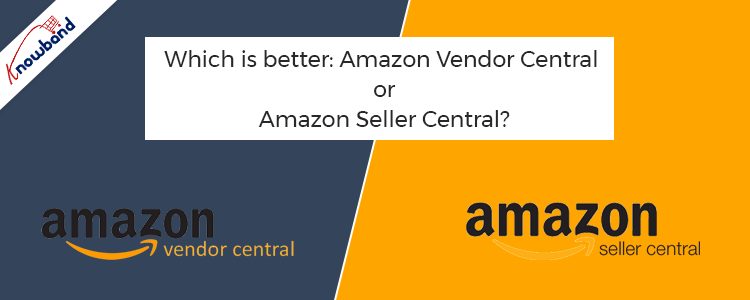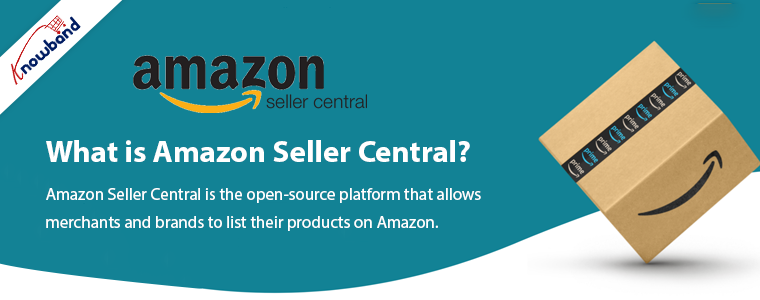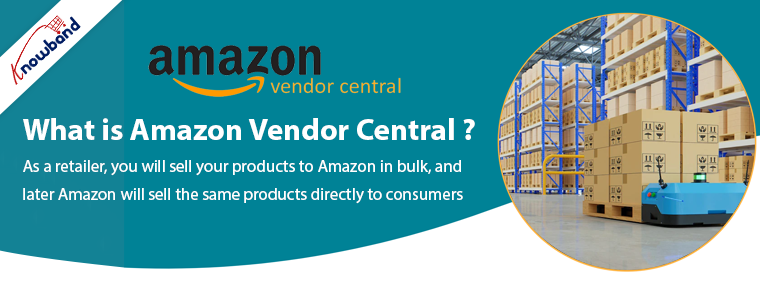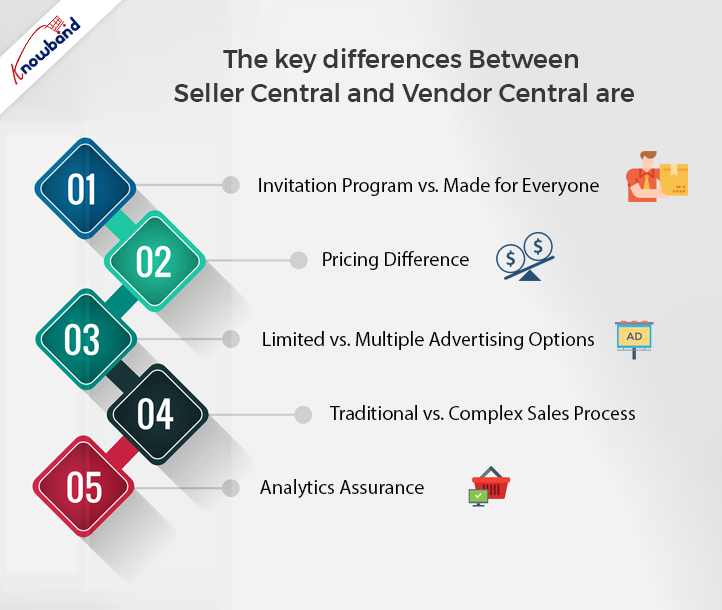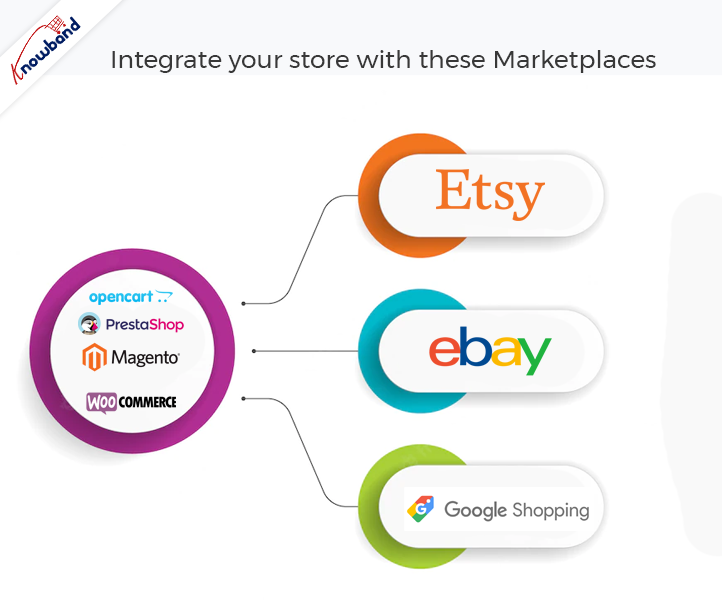Amazon is one of the top platforms for selling goods online. The brand has a worldwide reach along with a well-reputed image amongst the target audience. Amazon witnesses a huge customer and vendor traffic rate every day, which results in millions of product sales daily.
However, if you are a retailer and are planning to sell your products online on Amazon, there are 2 ways to sell on Amazon.
The first one is to sell via Amazon Vendor Central and the second one is to sell on Amazon Seller Central. Moreover, both of the ways have their characteristics. Undoubtedly, merchants prefer both of the selling methods based on their interests, but there are a few things you should go through before selling on Amazon.
What is Amazon Seller Central?
In simple words, Amazon Seller Central is an open-source platform that allows merchants and brands to list their products on Amazon. It allows them to directly sell their products on the Amazon customer base.
In Amazon’s words, if you are an Amazon Seller Central Account holder, Amazon will consider you a third-party seller or a marketplace.
Furthermore, in regards to orders and shipping management, Amazon has two ways for Amazon Seller Central account holders. For the first one, you can manage all the order attributes such as shipping, return, customer service, and all. In the second option, Amazon offers the vendors peace of mind against order management by enrolling them in the “FBA program”.
What is Amazon Vendor Central?
Being a genuine seller on Amazon requires the merchant to sell directly to Amazon. For vendors and major distributors, Amazon has its vendor central.
In simple words, as a retailer, you will sell your products to Amazon in bulk, and later Amazon will sell the same products directly to consumers.
It is easy to check if you are purchasing the products from Vendor Central sellers or Sellers Central sellers. Amazon Vendor Sellers shows the tag “Ships from and sell by Amazon.com” in the product descriptions.
Also read: What you must know to sell on Amazon and increase your sales
The key differences between Seller Central and Vendor Central
Invitation Program vs. Made for Everyone:
As the very first difference, Amazon Central is an open-source seller base where any merchant can sell their products directly to consumers.
On the other hand, Amazon sends invitations to the sellers to set up their business on Amazon Vendor Central and directly sells to the Amazon brand itself.
Pricing Difference:
Sellers on Amazon Central control their pricing and deal management. They can change the prices and offers on their products at any time.
On the other hand, for Vendor Central, Amazon has all the authority to control the pricing and offer management at its end.
Limited vs. Multiple Advertising Options
Amazon Seller Vendor retailers have limited options for promoting their products via advertisements by Amazon Marketing Services. On the other hand, eCommerce merchants that are members of Amazon Vendor Central have a wider number of promotional options offered by AMS in comparison to Amazon Central sellers.
Traditional vs. Complex Sales Process
When it comes to flexibility in the sales and order management process, Amazon Vendor Central creates a huge gap compared to Amazon Seller Central. The reason for this is that merchants who sell through Vendor Central receive full support from Amazon’s team.
On the other hand, the eCommerce retailers that use Amazon Seller Central for selling their goods have comparatively more headaches than the Vendor central sellers.
Analytics Assurance:
In the data analysis part, Amazon offers custom data to the central online retailer. But as mentioned by Amazon, it is strictly prohibited for the merchants to use the same data for re-marketing or promotional activities.
On the other hand, the merchants selling on Vendor Central have all the aid from Amazon’s sales and marketing team. As a result, they do not have to put more effort into promotional activities.
Do you know?
Do you know that, like selling on Amazon, eCommerce merchants having their shops based on OpenCart, PrestaShop, Magento, and WooCommerce can also sell their products on major marketplaces like eBay, Etsy, and Google Shopping?
Knowband Marketplace Connectors assist the merchants by offering all the required features on their shop admin end. Moreover, it allows the store owner to manage the orders on the shop back panel itself.
It’s up to you!
According to the studies, when customers make up their minds to purchase online, 73% of searches begin by simply clicking on Amazon.
Furthermore, if you are willing to sell on Amazon, both Vendor Central and Seller Central have their pros and cons. It’s up to your final call to find the perfect fit for you.

